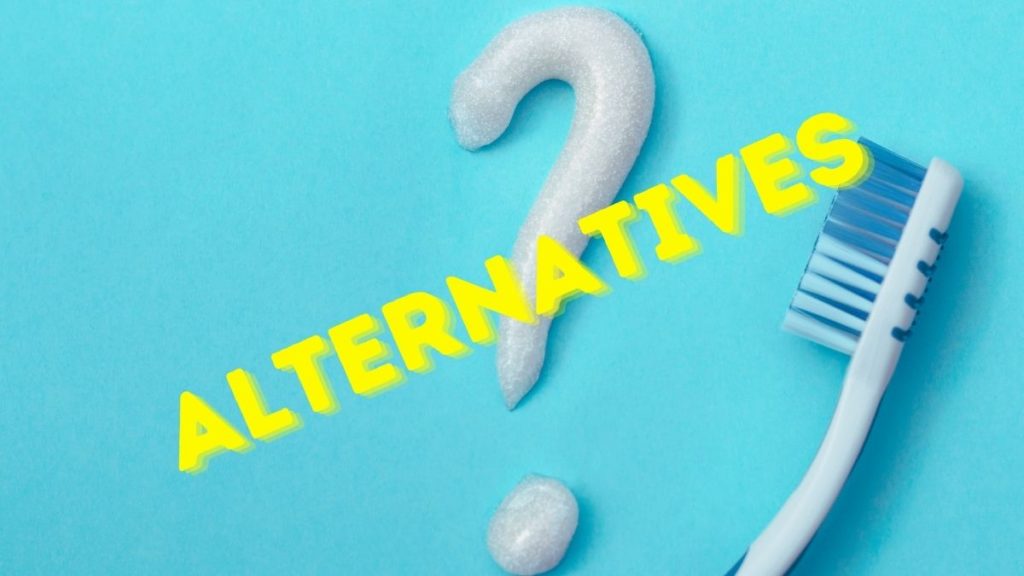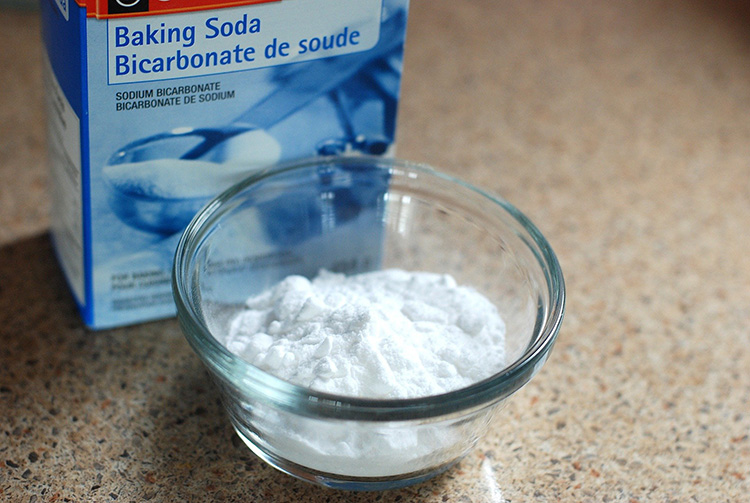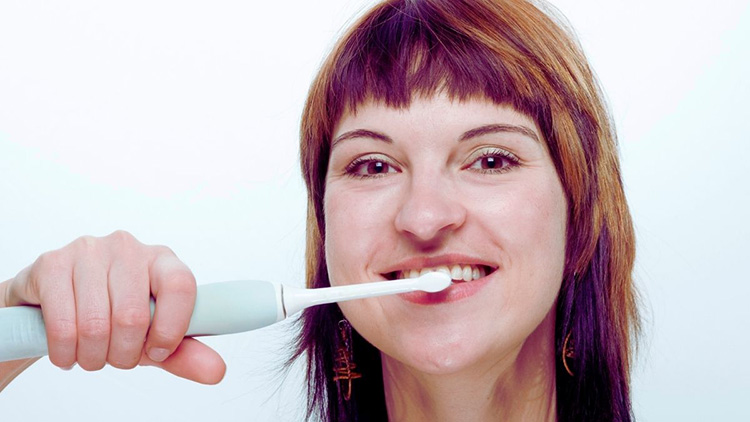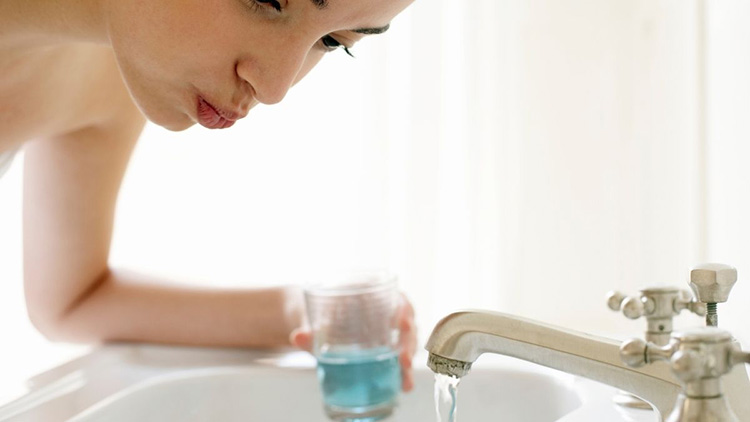
I’m going to start off with the caveat that this is what I have done. By no means construe this to be medical advice, and if that’s what you’re seeking, ask your dentist. This is simply a tale of a guy who has experimented with various types of homemade toothpaste alternatives and what he has found for himself.
Whether you’re looking at a cargo ship bottleneck, a post-apocalyptic situation, or you just ran out of toothpaste and can’t get to the store, there are toothpaste alternatives for you to consider.
2 Toothpaste Alternatives
The great toilet paper panic buying of 2020 taught us one thing – it’s good to have plenty of toiletries stocked in advance. Many people did not. And this is why during that time our article on substitutes for toilet paper saw significant traffic.
One day, and it’s only a matter of when, there will be a toothpaste shortage. It could be spurred by a problem of shipping containers getting to port, or people panic buying all household products.
To my surprise there’s an entire movement of people who make their own toothpaste. Most of these people don’t necessarily do it with prepping in mind, but because they don’t like ingesting fluoride.
Fluoride is the most controversial chemical found in toothpaste. There are reports of it making people more docile and causing other health problems. We briefly covered this in graduate school at public health school but solely in passing.
Either way, whether you want fluoride in your toothpaste or not, many people are making their own toothpaste in order to avoid it. Derrick mentioned this in his article comparing domestic water filters. Some filters will take fluoride out, and people buy them solely for that reason.
1. Baking Soda
My dentist prescribed this as my toothpaste years ago when I was a little kid with apple juice-stained teeth. It’s about the most unpleasant taste you can put into their mouth, but it worked. My teeth were cleaned by it and whitened over time.
- Arm & Hammer Baking Soda The most effective, natural cleaner around. Arm & Hammer baking soda has been around for nearly 155 years. Made with no harsh chemicals, it's a natural, gentle cleaner perfect for use around kids, pets, and even food. You'll never need another cleaning product again.
That said, it’s been pointed out that baking soda can wear off the top layer of enamel of your teeth, and that this doesn’t grow back. I kind of like my enamel where it is, so I would only use baking soda sparingly. In a jam, it’ll work well on a short-term basis.

2. Dry Brushing

Some dentists even suggest you don’t need toothpaste at all, stating:
‘Dry brushing’ — the act of brushing the teeth without toothpaste — has been found to be more effective for removing plaque than brushing with toothpaste, according to the study. In fact, 128 participants who tried dry-brushing for six months saw a 67% reduction in plaque buildup. Researchers also noted that the presence of bleeding and gingivitis was also reduced by 50%.
https://www.delanodental.com/blog/delano-dentists-promote-benefits-dry-brushing/
I’ve used this “dry brushing” method plenty of times and would most likely stick with it in some form of TEOTWAWKI environment without ever worrying about toothpaste.
Commercial Fluoride-Free Toothpaste Options
If you’re looking for a commercially prepared fluoride-free toothpaste, there are plenty on the market.
Earthpaste – It looks like you’re brushing with mud, and it’s twice the price of a “normal” tube of toothpaste, but it is an option.
- NATURAL CLEANER – Earthpaste naturally polishes away surface stains without any chemicals or additives
- INGREDIENTS – No glycerin, no Fluoride, no SLS, no Coloring, non- GMO. Only real Ingredients, such as Bentonite Clay, Sea Salt, Essential Oils. All Natural, Vegan, Gluten Free
Wellnesse Whitening Toothpaste – Personally, I’d rather use Earthpaste, but if you can’t get past the color of it, Wellnesse may be more your speed.
- Oral Care for a Whiter Smile: Our mineralizing toothpaste relies on natural ingredients to clean teeth, soothe gums, and freshen breath. Our teeth whitening formula contains hydroxyapatite which strengthens teeth and fends off cavities.
- Sensitivity Solution: Address tooth sensitivity with our unique formula. With Green Tea Powder and Hydroxyapatite, our Xylitol toothpaste strengthens teeth, making it an ideal choice for sensitive teeth sufferers seeking relief and repair.
OraWellness Brushing Blend – Crazy expensive mouth wash, but a lot of people really like it.
- ALL NATURAL, ORGANIC herbal liquid tooth paste oil for tooth ache, abscess, periodontal disease, halitosis and bad breath treatment, bleeding and receding gums. Restore balance to your mouth for healthy, strong teeth and gums. Remineralize teeth by increasing saliva production.
- ORGANIC BOTANICALS in our brushing blend penetrate deep into gum pockets and between teeth, where plaque and periodontal bacteria is found. Leaves your mouth feeling extra fresh and clean. Helps detoxify and repair your mouth to help reverse tooth decay, gum infection and sensitivity.
DIY Toothpaste Recipes
Here is a toothpaste recipe from Wellness Mama. I feel more comfortable with coconut oil-based homemade toothpastes, and I like as short of an ingredient list as possible. To make her toothpaste you need:
- ½ cup coconut oil
- 2-3 tbsp baking soda
- 15-20 drops of peppermint essential oil
She then melts the coconut oil, stirs in the ingredients, and pours it into a glass jar to cool. To use it, one takes a small spoon and scoops a little onto their toothbrush.
For other toothpaste recipes (amongst other things) I recommend checking out Survivor Jane’s book Emergency/Survival Hygiene. You may recognize her from Doomsday Preppers.
- Jane, Survivor (Author)
- English (Publication Language)
Potential Dangers with Making Your Own Toothpaste
Apparently, a lot of the recipes one can find online for making their own toothpaste commonly call for ingredients that have been deemed unsafe. The main argument against homemade toothpastes I stumble across repeatedly is that:
- A) they can be abrasive for your teeth, or
- B) they don’t actually clean anything.
I can most certainly see abrasive ingredients being a problem. Anytime I see somebody recommending brushing with salt that’s the first thing I think about: “Doesn’t that hurt?”
Not something I want to experience.
I’m not sure what to make of the argument that they don’t clean teeth. Of course, this is going to depend on what ingredients you’re using. From what I’ve seen, coconut oil appears to have antibacterial properties. These are allegedly small studies, and more research is needed.
So if you’re going to make your own toothpaste do plenty of research and don’t forget to ask your dentist about his opinion on the matter.
What if You Don’t Have a Toothbrush?
The toothbrush you know of today was first invented in 1780 by an English prisoner who discovered one could carve a bone to hold hog hair to brush the teeth with. Other cultures did clean their teeth well before 1780, though.
In fact, all the way back to the Babylonian Empire we find that people used special tools to clean their teeth: chewing sticks.
A chewing stick was just a small twig from an aromatic tree that the Babylonians would chew on. As the twig splintered into fine pieces within their mouth it would rub off plaque. The catch is that this can lead to receding gums.

I asked my dentist about this, and he said to just swish with water as you would Listerine if no toothbrush is available. And so, on occasions where I don’t have a toothbrush handy, that’s what I do. I swish and rinse my mouth out with several changes of water.
Final Thoughts
There are alternative types of toothpaste that do not contain fluoride, and you can even make your own. If you end up in a disaster situation where your regular tube of Crest isn’t available, you now have options to consider.
I’ll stick with dry brushing and rinsing with water in a pinch.
Finally, all preppers should have a digital copy (paperback is preferable) of Where There Is No Dentist in their survival library.





